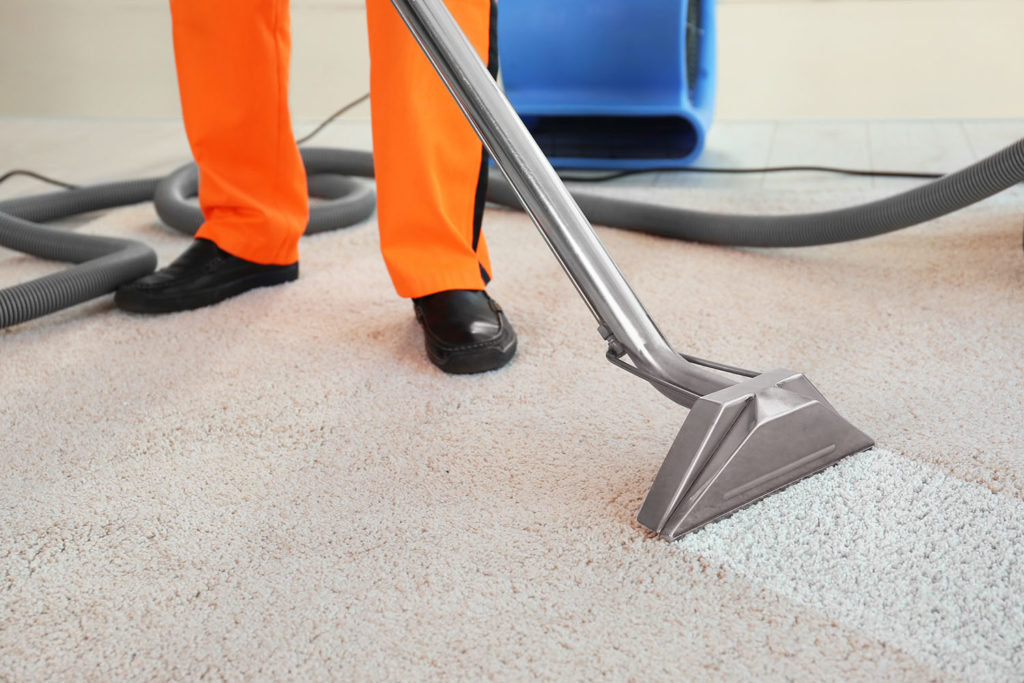
Your Guide to All Types of Decks: How To Choose a Deck for Your Home The main advantage of this design is that the deck borrows stability from the house. It also requires less labor and materials and is therefore cost-effective. The main disadvantage to an attached deck is that improper installation or maintenance could create structural damage to your home. Water accumulation or poor weight balance could affect the house. Also, since it is an attached structure, it may require code-approved railings and stairways. Since wraparound decks are often large, they are typically more expensive to build than standard attached decks. Attached decks connect to your house's framing, making them a sturdy extension of your home. Usually raised off of the more info ground to match your home’s floor level, attached decks create an open flow between your indoor and outdoor spaces. Choosing a low-maintenance composite decking made from recycled materials not only benefits the environment but also reduces long-term costs on maintenance and repairs. Protecting your deck from water damage is essential for maintaining its longevity.
Contact Us
Clear View Builders
Email: [email protected]
Phone: +19164205862
4913 Rio Linda Blvd
Sacramento, California, United States 95838
What is the lightest decking material?
After reviewing the cost comparison of various decking materials, it’s time to move on to designing your dream deck. One decision you’ll need to make is whether to go with a platform or multi-level design. While PVC decking may seem like an excellent choice based on these factors alone, it’s essential also to consider its environmental impact. As we’ve discussed, choosing the right material for your deck is crucial to its longevity and overall aesthetic appeal.Capped Composite Decking: What Is It?
These requirements can include a specific height for the deck and guards, as well as self-closing and self-latching gates that allow access to the pool deck. Polyvinyl chloride (PVC) plastics are available in many levels of quality, but nearly all are resilient. High-quality PVC decking has almost none of the vulnerabilities of wood.Alternative Decking Materials
Compare the pros and cons of installing a solid concrete deck footing using a cardboard tube or engineered forms. The clear heart grade is more durable than the other redwood grades because of its high-resistance to decay. Redwood is a soft wood and weathers to a yellowish-red very quickly.- Many composite hues resemble wood and are scratch-resistant, but performance varies by manufacturer and price.Take special care when building exterior stairways and handrails.Your deck might also require a railing for safety, depending on where you live.Coincidentally, by taking these factors into account, you can create a functional and beautiful outdoor oasis that will be enjoyed for years to come.According to Angi, building a new deck typically costs anywhere from $4,341–$12,526.
